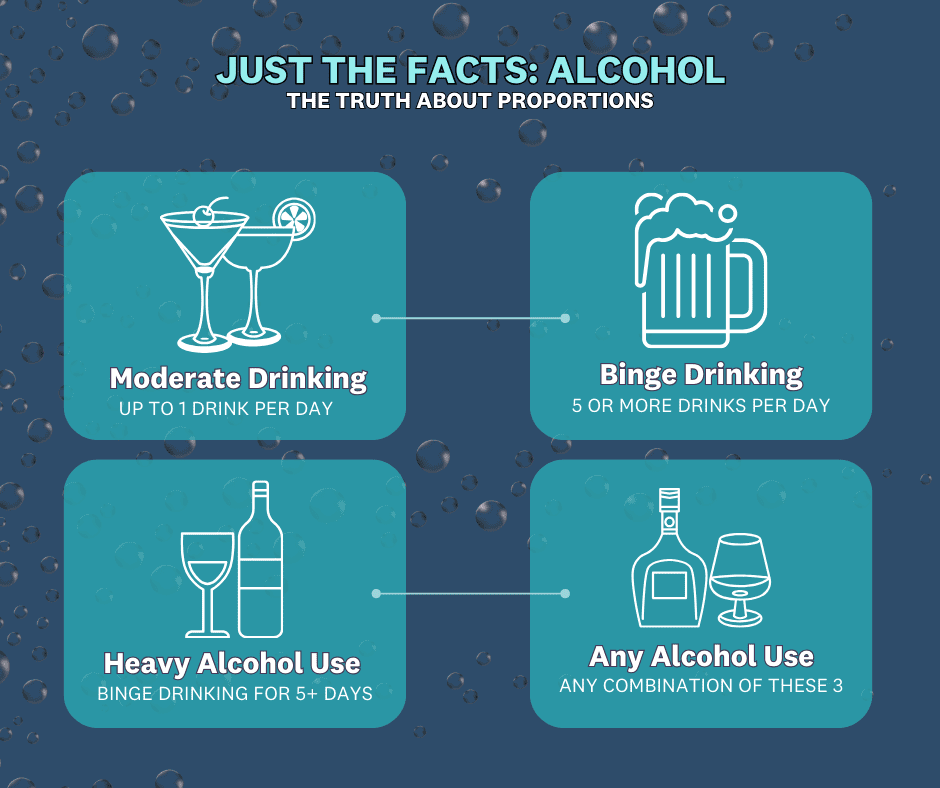Discover the surprising answer to the age-old question: How many beers does it really take to catch a buzz?

Image courtesy of Engin Akyurt via Pexels
Table of Contents
One of the most common questions people ask when it comes to drinking is, “How many beers does it take to get drunk?” This question is surrounded by various myths and misconceptions, but the answer is not as simple as a specific number of drinks. In this blog post, we will delve into the science behind alcohol metabolism, individual tolerance levels, and the various factors that influence intoxication.
Alcohol Metabolism
Alcohol metabolism is a complex process that begins as soon as you take your first sip. When you drink alcohol, it is absorbed into your bloodstream through the stomach and small intestine. From there, it is metabolized primarily by the liver. The rate at which alcohol is metabolized can vary from person to person and is influenced by several factors.
One important factor that affects alcohol metabolism is the presence of enzymes in the liver. These enzymes help break down alcohol into different compounds that can be eliminated from the body. However, the activity of these enzymes can vary depending on genetic factors and overall liver health.
In addition to enzymes, other factors such as age, weight, and gender can also influence the rate of alcohol metabolism. Generally, older individuals tend to metabolize alcohol more slowly than younger people. Furthermore, individuals with a higher body weight may be able to process alcohol more efficiently than those with a lower weight. Gender also plays a role, as women tend to have a higher blood alcohol concentration after drinking the same amount of alcohol as men.
Individual Tolerance Levels
individual tolerance levels refer to the amount of alcohol a person can consume before feeling the effects of intoxication. This can vary significantly from person to person and is influenced by a variety of factors.
Genetic factors play a crucial role in determining an individual’s tolerance to alcohol. Some people may have genetic variations that make them more or less sensitive to the effects of alcohol. Additionally, factors such as liver function and metabolism can also impact how quickly a person becomes intoxicated.
Age, weight, and gender are other factors that can influence tolerance levels. Younger individuals may have a lower tolerance to alcohol due to their less developed livers. Weight plays a role as well, with heavier individuals generally being able to consume more alcohol before feeling drunk. Gender differences in tolerance are also evident, with women typically having lower tolerance levels than men.
Other Factors Influencing Intoxication
Aside from alcohol metabolism and individual tolerance levels, there are various other factors that can influence how many beers it takes to get drunk.

Image courtesy of www.safeproject.us via Google Images
One factor to consider is whether you are drinking on an empty stomach. Consuming alcohol on an empty stomach can lead to faster absorption and increased intoxication. Eating food before or while drinking can help slow down the absorption of alcohol and decrease its effects.
Mixing different types of alcohol can also impact your intoxication levels. When you mix different types of alcohol, your body has to metabolize each one separately, potentially leading to a quicker onset of intoxication.
Hydration, sleep, and stress levels can also affect how alcohol affects you. Being adequately hydrated can help your body process alcohol more efficiently, while lack of sleep or high stress levels may increase vulnerability to the effects of alcohol.
Conclusion
So, how many beers does it take to get drunk? The answer is not simply a matter of quantity but rather a complex interplay of various factors. Understanding alcohol metabolism, individual tolerance levels, and the other factors that influence intoxication is important for making informed decisions about drinking.
By being aware of these factors, you can better gauge your own tolerance levels and ensure that you consume alcohol responsibly. Remember, everyone is different, and what may be a safe amount of alcohol for one person could be too much for another. It is always important to drink in moderation and know your limits.
As you enjoy your next drink, keep in mind the science behind alcohol intoxication and make choices that prioritize your well-being. Cheers to responsible drinking!
Frequently Asked Questions
How many beers does it take to get buzzed?
The number of beers it takes to get buzzed varies depending on factors such as alcohol metabolism, individual tolerance levels, and other influencing factors. It’s not just about the quantity of drinks but also about how your body processes alcohol.
Are there any specific types of beer that can get you drunk faster?
While certain types of beer may have higher alcohol content, such as IPAs or stouts, the key factor in getting drunk is the amount of alcohol consumed rather than the specific type of beer. It’s essential to consider your overall alcohol intake rather than focusing solely on beer type.
Does eating before drinking alcohol help in preventing intoxication?
Eating before drinking alcohol can help slow down the absorption of alcohol into your bloodstream, potentially reducing the effects of intoxication. However, it is not a foolproof method to prevent getting drunk. Moderation is key, regardless of whether you have eaten before consuming alcohol.
How can I improve my alcohol tolerance levels?
Improving alcohol tolerance levels should not be the goal. Everyone’s body processes alcohol differently, and increasing tolerance can lead to higher levels of alcohol consumption, posing health risks. It’s crucial to understand your limits, drink responsibly, and prioritize your well-being over increasing tolerance levels.
Generated by Texta.ai Blog Automation
Leave a Reply